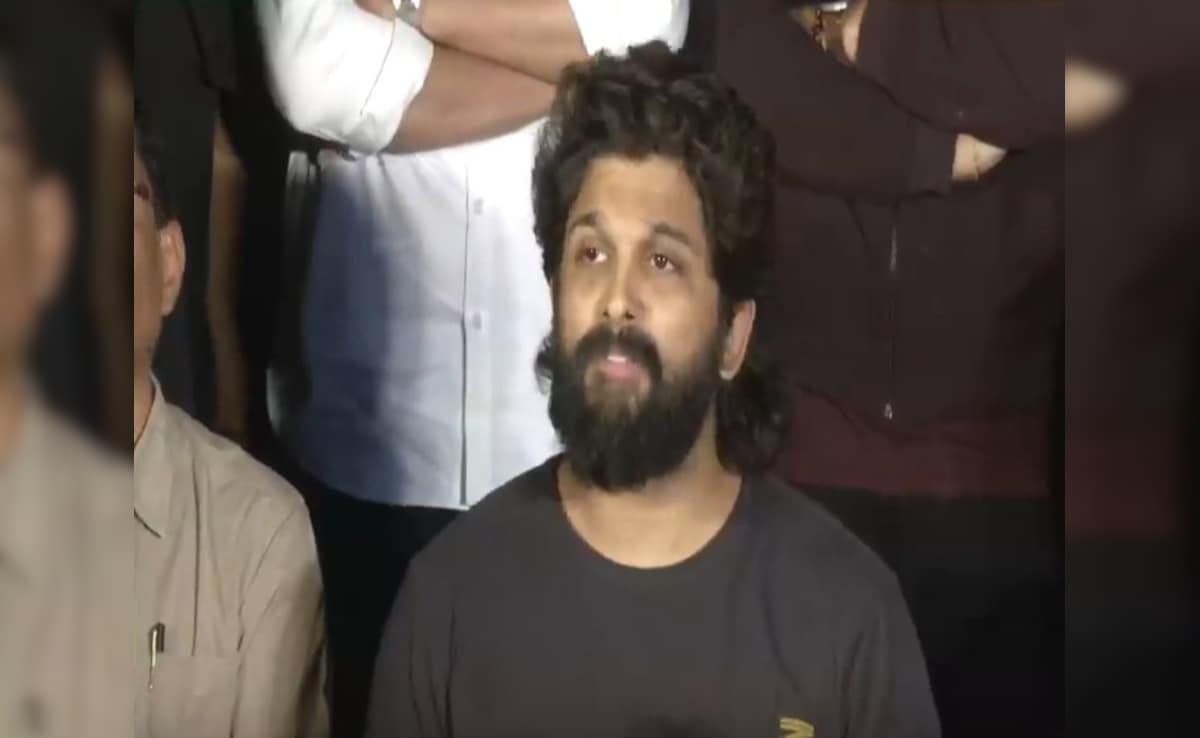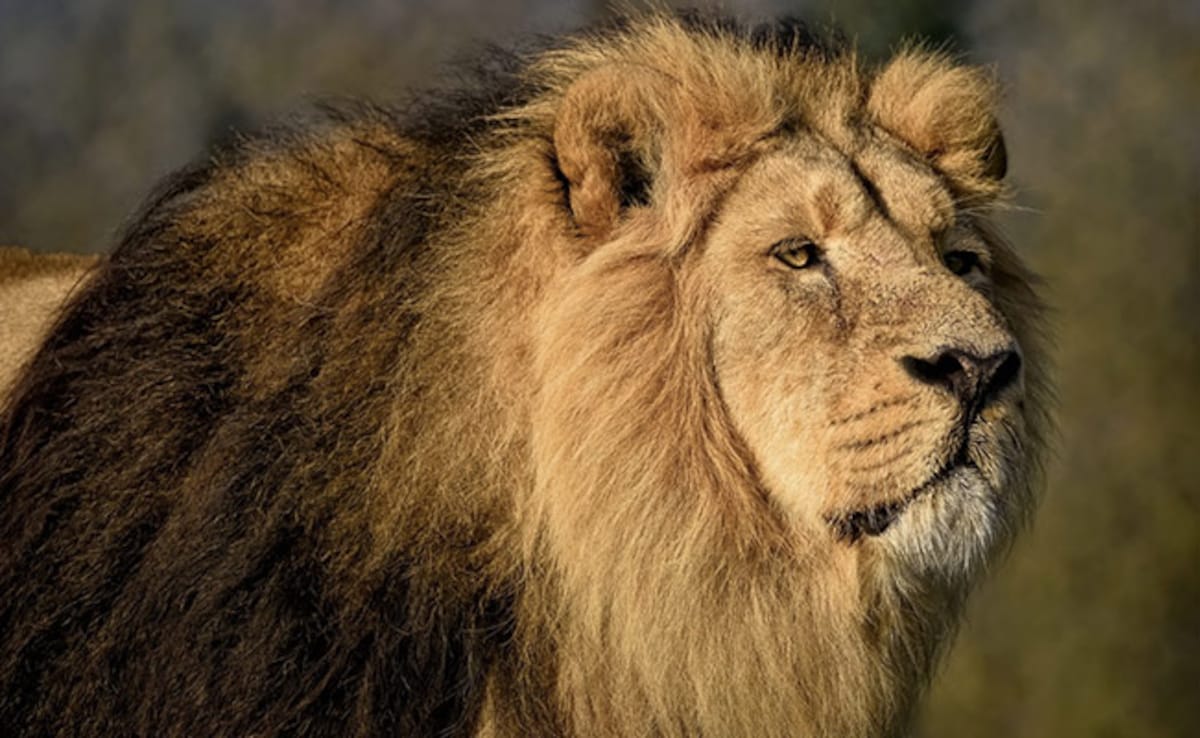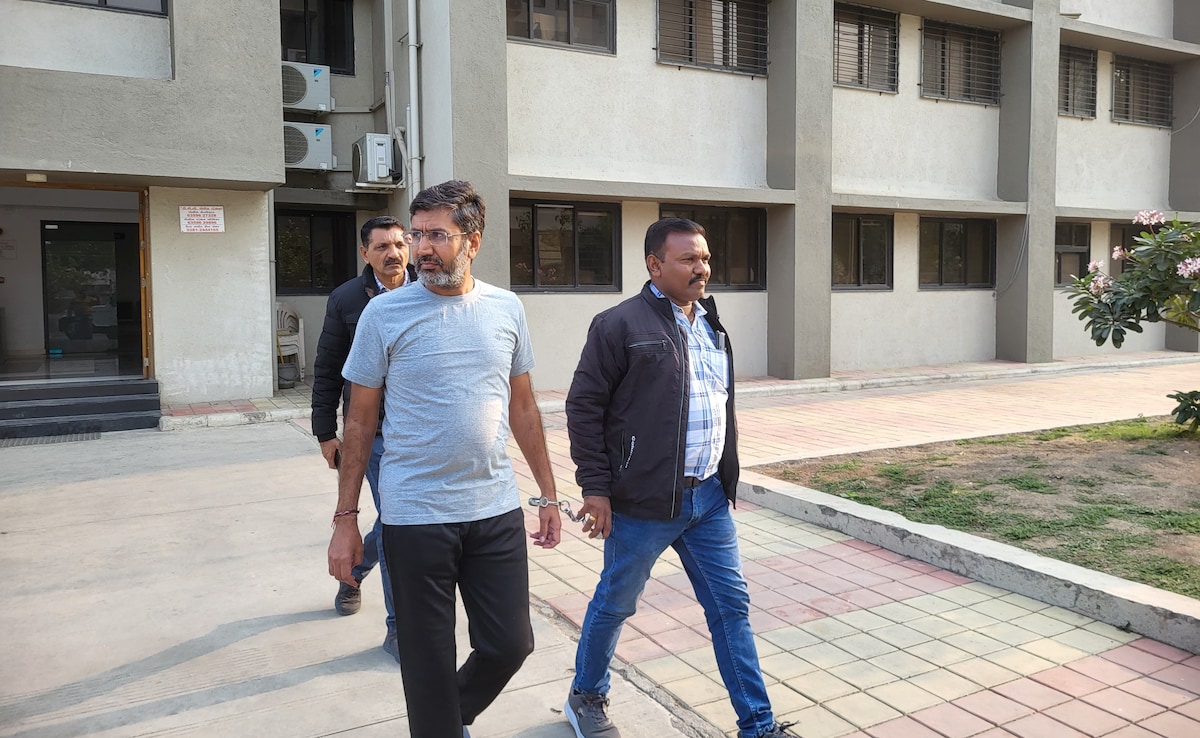The Congress may have managed to secure its alliances with the Samajwadi Party (SP) and the Aam Aadmi Party (AAP), but its troubles are far from over. The main Opposition party is racing against time to reach a seat-sharing understanding in Bengal and Maharashtra. The general election is just a few months away, and the INDIA bloc is yet to begin its campaign against the BJP’s formidable election machinery.
The Bengal Question
In Bengal, the Congress faces an uphill task to get Trinamool Congress back to the table. Trinamool chief and Bengal Chief Minister Mamata Banerjee had earlier declared that she would go solo after talks with the Congress over seat-sharing fell through. The state Congress unit, helmed by veteran leader Adhir Ranjan Chowdhury, is learnt to have bargained for about 10 seats, but the Trinamool offered just two.
Following Mr Chowdhury’s outburst against the Trinamool chief, in which he called her “opportunist”, Ms Banerjee said last month that the Congress had rejected all her proposals. “We have decided to fight the elections in Bengal alone,” she said, adding that any decision on an alliance will be taken after the polls.
Since then, the Congress leadership has been trying to get Ms Banerjee back on board, with Rahul Gandhi saying that Mr Chowdhury’s sharp remarks against the Trinamool chief “won’t matter”.
The two parties have not been able to reach an understanding on seats so far. Mr Chowdhury continues to target the Trinamool and has claimed that there are difference within the party on whether to ally with Congress or not. “They are in a dilemma. They are not saying officially that the process of forging the alliance has ended. The first dilemma is a section of the party believes that if they contest alone, without the INDIA alliance, then the minorities of West Bengal will vote against them. One section of the TMC wants the alliance to continue. Another section is in another dilemma that if the alliance is given more importance in Bengal, then the Modi government will use ED, and CBI against them. Because of these two dilemmas, the TMC has not been able to make a clear decision,” he has claimed.
Owing to the tussle, Ms Banerjee did not join the Rahul Gandhi-led Bharat Jodo Nyay Yatra passing through Bengal, depriving the INDIA bloc to showcase optics that would have helped the alliance counter the BJP’s political attacks over underlying conflict within the Opposition front. In the case of an understanding now, the two parties will face the tall challenge of hurriedly putting together a joint campaign plan and reaching out to the voters.
What About Maharashtra?
In Maharashtra, too, the INDIA bloc is yet to announce a seat-sharing plan. Discussions between Maha Vikas Aghadi, comprising Congress, Shiv Sena (Balasaheb Uddhav Thackeray) and the Sharad Pawar-led faction of NCP are in the final phase.
Congress leader Rahul Gandhi is learnt to have spoken to Mr Thackeray over a deadlock. The Congress, sources say, wants to contest three of Mumbai’s six Lok Sabha seats – Mumbai South Central, Mumbai North Central and Mumbai North West. Mr Thackeray reportedly wants to contest 18 Lok Sabha seats in the state, including four in Mumbai – Mumbai South, Mumbai North West, Mumbai North East and Mumbai South Central. The two leaders spoke for an hour to find a way out of the impasse.
The Congress has also suffered setbacks in Maharashtra in the exits of three senior leaders — Milind Deora, Ashok Chavan and Baba Siddique.
State Congress chief Nana Patole has said there is no disagreement within the alliance and stressed that MVA will perform well in the upcoming polls. “There are no disagreements or dispute on the issue of seat sharing among the MVA allies. It is the ruling Mahayuti which is in turmoil due to lack of coordination. The people of Maharashtra will show BJP and its allies their place in the coming elections,” Mr Patole said.
A big challenge for INDIA bloc in Maharashtra is that two main parties, Shiv Sena and NCP, have split and their leaders Uddhav Thackeray and Sharad Pawar have lost the party name and symbol. A big task would be to spread awareness among voters about their new name and symbol to ensure that people, especially in rural and backward areas, know which symbol to cast their vote on.
Once the seat-sharing is finalised, the three parties will need to start joint campaigns to take on the BJP. With polls just months away, they are on a very tight deadline.
What’s Sorted
After months of political posturing and hard bagain, the Congress has managed to finalise seat-sharing pacts with two major INDIA forces – SP and AAP. In Uttar Pradesh, the Congress has secured 17 out of 80 seats. In return, it has given one seat in Madhya Pradesh to the Akhilesh Yadav-led party. With AAP, the Grand Old Party has finalised seat-sharing for Delhi, Gujarat, Haryana, Chandigarh and Goa. The two parties have agreed to go solo in Punjab, where they are arch-rivals.
AAP leader and Delhi Chief Minister Arvind Kejriwal has said there is no hostility between the allies over the Punjab arrangement. In Delhi, the Congress will contest three out of seven seats. And in Gujarat, the AAP will fight two out of 26 seats. In Haryana, the Congress and AAP will contest 8 and one seat, respectively. The Chandigarh seat and two seats in Goa have gone to Congress under the pact.
A big challenge in these seats, however, will be to balance grassroots leaders’ sentiments with the larger goal of taking on the BJP. For example, AAP securing the Bharuch seat, a stronghold of Congress veteran, late Ahmed Patel, has drawn strong reaction. Congress leaders, including Mr Patel’s son Faisal Ahmed Patel, have said that the party must have retained the seat for winnability alone and that Congress workers are upset. While the AAP has said it would soon sit with the Congress to chalk out a strategy in this key seat, reaching an agreement may not be easy.














